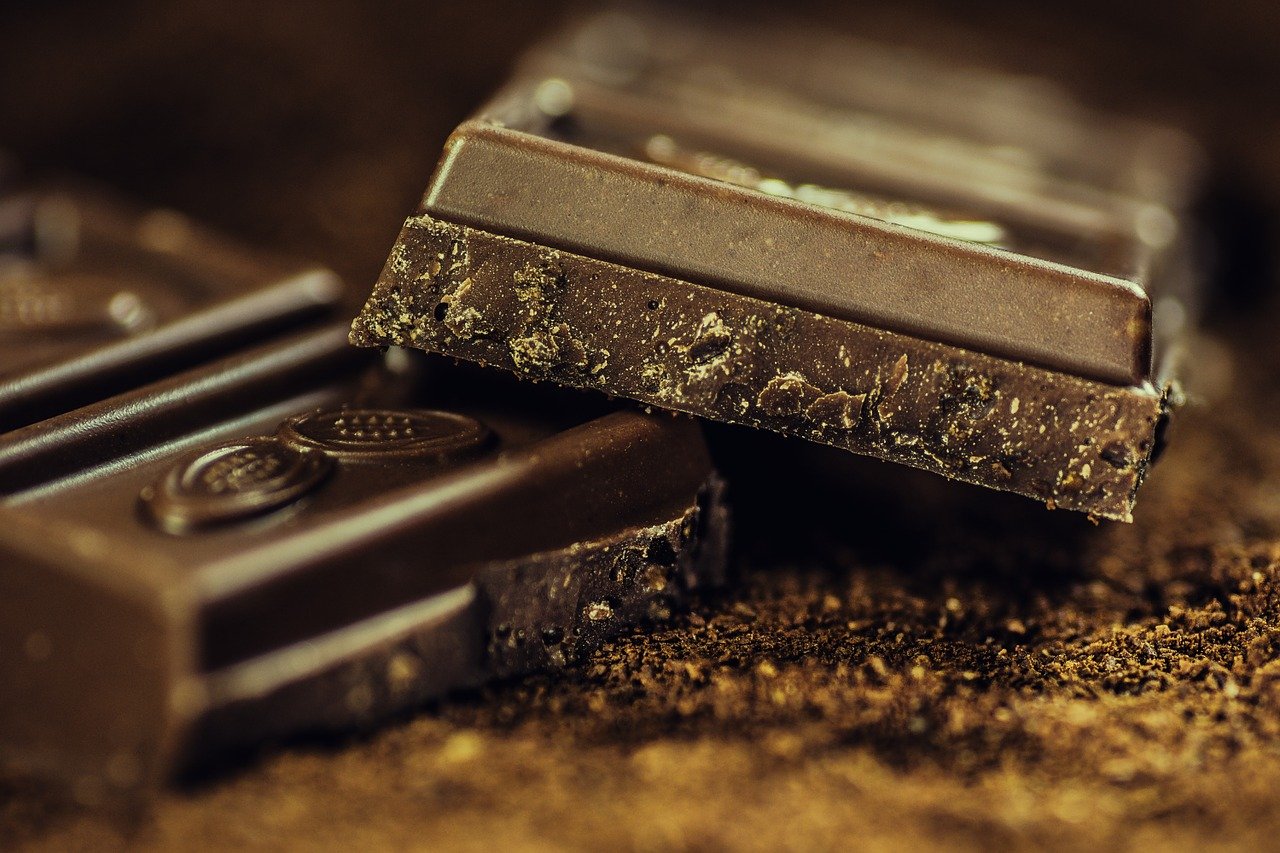Paraffin wax is a common ingredient in chocolate. Its responsible for the shiny exterior you see on chocolates, fruits and even vegetables.
What are some substitutes for paraffin wax in chocolate ? Almond bark, vegetable shortening, or compound coatings.
What are the alternatives to using paraffin wax?
Almond Bark
Almond bark is a great alternative as it used to hold other convectionary such as ginger bread houses and alike in place. Its made from vegetable oil that has been partially hydrogenated. And not made from almonds as many people would believe.
Compound Coatings
Compound coating are in someways similar to almond bark. It made by combining cocoa powder and vegetable oil.
Vegetable shortening
Vegetable shortening is a food made from vegetable oils that is solid at room temperature. It can be used as a substitute for butter or lard in baking and cooking.
Vegetable shortening was created to provide an alternative for people who wanted something other than lard, which was animal-based, without going all the way to butter, which was expensive and hard to come by in much of the country.
It has since become one of the most important ingredients in baked goods, with its popularity growing when it became affordable and easy to use. Nowadays, there are many brands of vegetable shortening that you can buy – some even organic!
Is Paraffin Wax Safe to Use for Food?
Paraffin Wax is a by-product of refining petroleum. It is also used in the production of candles, crayons, and lubricants. Is this wax safe to use for food?
Paraffin wax has been approved as a food additive in the EU, Japan, and USA. It doesn’t contain any chemicals or additives that would make it unsafe for consumption. In fact, it’s been approved as a food additive by the FDA since 1959!
This wax can be used to coat fruits and vegetables by using a process called “candling” which helps protect them from bruising.
Alternatively, it can be used as a water barrier on ice cream which provides a longer shelf life for the product. This wax is generally considered safe to use with food items because there are no harmful chemicals or additives found in this wax.
How to Temper Chocolate: Tips and Tricks for Successful Results.
The process of tempering chocolate is a delicate one. If done correctly, the chocolate will have a glossy finish and will be perfect for dipping or molding.
The key to a successful result is ensuring that the temperature of the melted chocolate is kept constant while introducing solid chocolate in small increments, while stirring constantly.
Here are some tips and tricks to follow when tempering chocolate.
Definition of tempering chocolate
Tempering chocolate is the process of preparing melted chocolate by combining it with solid chocolate in order to give it a glossy finish. It’s important to note that the terms “tempering” and “temper” are interchangeable.
Equipment required
Before you begin, you’ll need some equipment. You’ll need a large pot or double boiler with water in the bottom to create steam, and a candy thermometer to monitor the temperature.
Steps for success
To successfully temper chocolate, it is recommended that you start with a large pot of boiling water on the stove. Melt the chocolate in this pot according to the instructions above.
Once the chocolate is melted, place it off to one side to cool slightly while stirring constantly.
Add solid chocolate in small increments while continuously stirring. Be sure not to overheat or underheat the chocolate so that you do not lose control of its temperature.
Tips and tricks for success.
It’s important to remember that the key to successful results is maintaining a constant temperature while stirring constantly. If you’re using an electric stove, set the heat at the lowest possible setting. If not, make sure you use a pot on a high-powered burner.
If your chocolate starts to boil and foam, remove it from the heat and let it cool down for about 30 seconds before continuing with the process.
This will also ensure that you don’t get any of those ugly white streaks in your chocolate or any other mishaps that might occur if you overheat your chocolate.
Another tip is to melt your chocolate slowly. It’s best to start off by heating it in 30-second intervals until it reaches 115 degrees Fahrenheit (43 degrees Celsius). Once it reaches this point, turn off the heat and let it cool for one minute before stirring in more solid pieces of chocolate.

